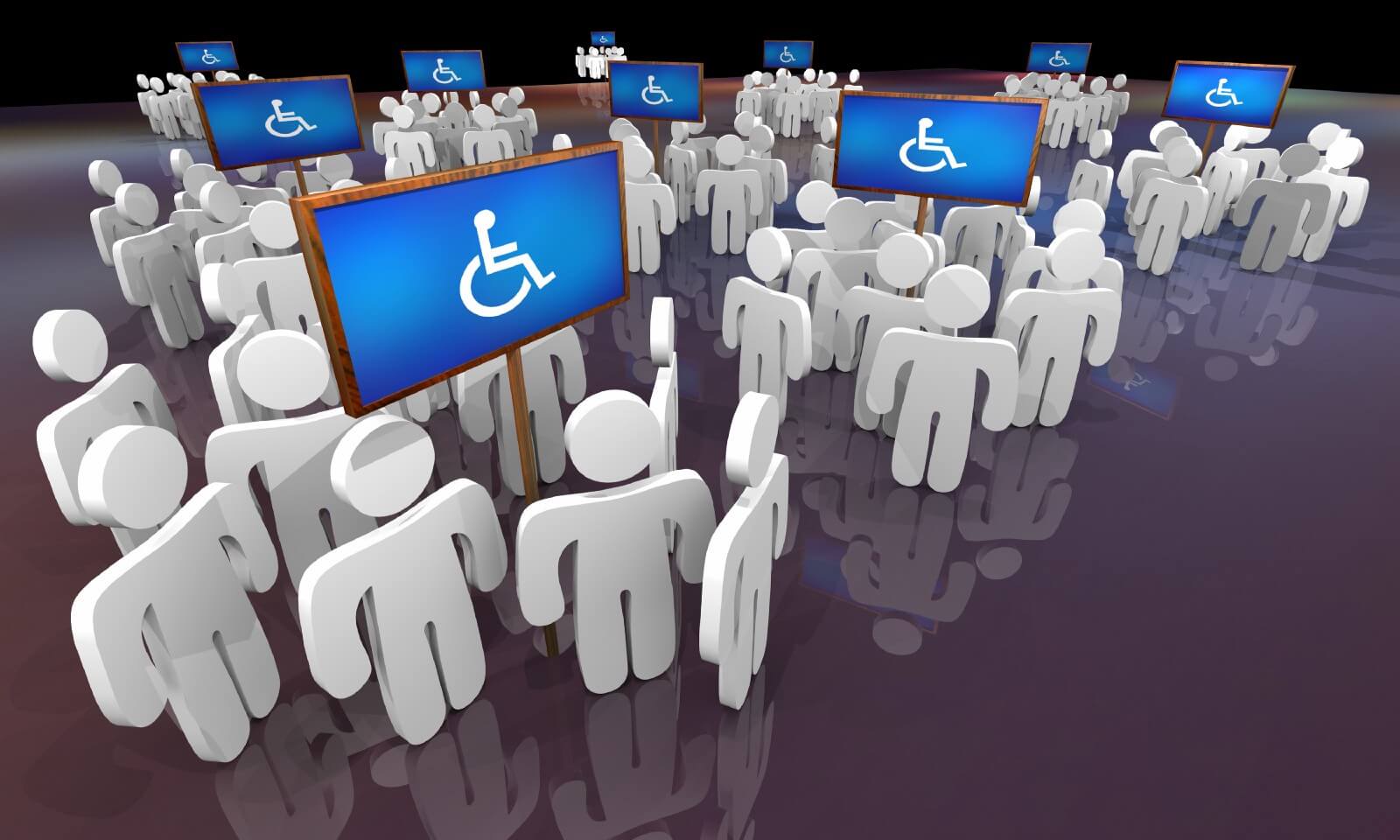Do you bring your “authentic self” to work? Most people with disabilities don’t, especially those with invisible disabilities. Disability ERGs can help with that.
First-class relationships are possible only in an atmosphere of total trust.
― Wu Wei, I Ching Life: Becoming Your Authentic Self
The Center for Talent Innovation’s “Disabilities and Inclusion” study found that 30% of the professional workforce fits the current federal definition of having a disability. When looking at the IT profession in particular, the most recent Stack Overflow survey reported the figure as a cumulative 29.3 % of respondents — only slightly less.
Sometimes disability status is unavoidably obvious — those of us who use mobility aids, hearing processors, or assistive technology can’t hide our disabilities even if we wanted to. But most disabilities are hidden.
“Invisible disability” is an umbrella term that encompasses a significant number of disabling conditions that can’t be detected at first glance. Just a few of these include renal failure, heart defects, diabetes, tinnitus, sleep disorders, chronic pain/ fatigue, epilepsy, migraines, fibromyalgia, learning differences, color blindness, HIV status, digestive disorders, TBI and memory issues, early stages of many serious diseases such as cancer, multiple sclerosis and Parkinson’s disease and most mental health issues. For every person you have identified as having a visible disability, you’ve seen at least three more people with a hidden disability. You also can’t assume that a person with a visible disability isn’t additionally challenged with a hidden disability. Though I use a wheelchair, my type 1 diabetes status is my most significant disability challenge.
The CIT study found that only 39% of employees with disabilities have disclosed them to their manager. As small as that number is, even fewer have disclosed to their teams (24%) or HR (21%). In the professional services world, this number almost plummets to none (4%) indicating a huge reluctance to reveal disability status to clients.
The potential stigma that could come with a workplace disclosure is the number one reason cited by employees with invisible disabilities to keep these issues concealed at work. Even in the face of understanding that revealing these disabilities could allow the employees to avail themselves of accommodations from their employer. Other reasons cited for declining to disclose a hidden disability in the workplace include:
- Denial or Lack of Awareness Individuals might not detect or accept their own disabilities. Additionally, to some people dyslexia is a disability. To others it is not.
- Burden of proof. To receive a reasonable accommodation for a hidden disability, you need an official diagnosis, which requires trips to the doctor, and possible tests. Those costs aren’t going to be covered by the employer.
- Social stigma and concern about mis-perceptions. Employees might choose not to disclose their disability status to avoid awkwardness at work over being treated differently, which could be potentially viewed as unfair or inequitable by co-workers.
- The mistaken believe that temporary disabilities aren’t “real” disabilities
These five major reasons for keeping disabilities hidden are clearly costing employers
Employees with disabilities who disclose their disability are more than twice as likely to feel regularly happy or content at work than employees with disabilities who have not disclosed to anyone (65% versus 27%). They are also less likely to regularly feel nervous or anxious (18% versus 40%) or isolated (8% versus 37%). Anyone spending cognitive time hiding or worrying about disabilities is not bringing 100 % of themselves to work.
Make disability part of your leadership brand
When a company incorporates inclusion into its leadership brand, it is directly addressing the needs of their employees with both hidden and visible disabilities. They will be happier, less anxious, and less isolated. And creating a Disability ERG is an explicit support signal for this group and their allies. Having access to a empathetic community who knows how to navigate the reasonable accommodations process can guide employees toward resources and even if they are not ready to open up about their disability to others.
Start (or participate in) a Disability Employee Resource Group
Here are a few of the ways disability-related employee resource groups support employees with all disabilities. Disability ERGs:
- Raise awareness of workplace issues that affect people with disabilities.
- Create a safe and empathetic space where people with disabilities and their allies can openly discuss issues facing them
- Improve inclusive hiring efforts
- Provide feedback to other corporate stakeholders on physical and digital accessibility issues
- Reduce unconscious bias towards people with disabilities
Disability ERGs do not have to limit themselves to providing support only to employees with disabilities. They can extend their support to parents of children with special needs, employees with older relatives experiencing age-related disabilities, and veterans with service-related disabilities.
Conclusion
Creating and participating in a disability ERG can create that atmosphere of trust that is necessary for first-class relationships to form between people with hidden disabilities and their co-workers. Participation by abled allies, especially executives and leaders, sends a message of inclusion to the rest of the company. When more people become comfortable to disclose their hidden disabilities, that creates a chain reaction that benefits the entire company
This is part 1 of a two part series — the next part will be a primer on how to set up a disability ERG

0 comments on “The Importance of Disability Employee Resource Groups”